How do you install a turbo on a non-turbo car?

Installing a turbo on a non-turbo car can significantly boost its power and performance, but it's a complex process that requires careful planning, the right tools, and mechanical know-how. Here’s a guide to help you understand the key steps involved in turbocharging your vehicle:
Research and Preparation
- Assess Compatibility:Not all engines are suitable for turbocharging. Research your specific car model to ensure it can handle the added pressure and heat.
- Gather Parts:You'll need a turbocharger kit designed for your car, which typically includes the turbo, intercooler, exhaust manifold, piping, oil lines, and various fittings.
- Plan the Installation:Consider where the turbo will be mounted and how it will connect to your existing engine components. You'll also need to think about any modifications required, such as upgrading the fuel system or adding an engine management system.
Engine Preparation
- Check Engine Health: Before installing a turbo, ensure your engine is in good condition. Any existing issues could be exacerbated by the added stress of turbocharging.
- Upgrade Internal Components:Depending on your engine’s condition and intended power levels, you may need to upgrade internal components like pistons, rods, and the crankshaft to handle the increased power and pressure.
Turbo Installation
- Mount the Turbo: Begin by mounting the turbocharger to the exhaust manifold. This may require fabricating or modifying parts to ensure a secure fit.
- Connect Piping Install the intercooler and run the necessary piping to and from the turbo. Properly route the intake and exhaust pipes to avoid any clearance issues.
- Oil and Coolant Lines:Install oil lines to feed the turbo with engine oil, and if applicable, connect coolant lines to keep the turbo at optimal temperature.
Fuel and Tuning Adjustments
- Upgrade the Fuel System:A turbocharged engine typically requires more fuel. You may need to upgrade the fuel pump, injectors, and fuel pressure regulator to ensure the engine receives enough fuel under boost.
- Tune the Engine: After the turbo is installed, you’ll need to adjust the engine’s computer or install an aftermarket engine management system to handle the new boost levels. Proper tuning is crucial for maximizing performance and preventing engine damage.
Testing and Adjustment
- Initial Start-Up: Start the engine and check for any leaks or issues. Listen for unusual noises and ensure that all connections are secure.
- Test Drive and Fine-Tuning: Take the car for a test drive, gradually increasing boost levels while monitoring the engine’s performance. Fine-tune the engine management system as needed to optimize power and reliability.
Ongoing Maintenance
- Regular Checks:Turbocharged engines require more frequent maintenance, including regular oil changes, checking for leaks, and monitoring boost levels to ensure everything remains in good condition.
Conclusion
Turbocharging a non-turbo car is a significant modification that can greatly enhance performance but requires careful planning, the right parts, and precise tuning. For those unsure about tackling this project themselves, seeking professional help is recommended. MyMechanic Malaysia offers expert installation and tuning services to ensure your turbo setup is installed correctly and your car runs at its best. Contact them today to discuss your turbocharging project!

















